
Subprime mortgages account for more than 1 in 10 of all mortgages in Canada. There was a time when the term “subprime mortgage” was a four-letter word in the Canadian banking industry. It was whispered under hushed tones in darkened hallways, oft with an air of equal parts smug superiority and contempt. Why, then, are so many Canadians turning to subprime mortgages?
The financial profiles of many people just don’t fit inside the tiny, narrowly defined lending requirements set by traditional banks. Honest, hard-working Canadians with good credit scores and gainful employment can still be turned down for any number of reasons. So they’ve flocked to subprime lenders in droves. Let’s talk about subprime mortgages in Canada and why they’re growing in popularity.
What is a subprime mortgage?
Subprime refers to a borrower who does not meet the basic, ideal qualification requirements for a loan through one of Canada’s chartered banks. In order to qualify for a mortgage loan with one of the traditional federally regulated big 6 banks, for example, you need to check some very specific boxes first.
A subprime mortgage is typically granted to borrowers with a lower credit rating or income that is difficult to verify like seasonal, freelance or self-employment income. Since borrowers with weaker credit scores or atypical income streams are statistically more likely to default, subprime loans come with higher interest rates to offset the increased risk of loss.
Even Canadians with stellar credit are applying for subprime mortgages for their out-of-the-box loan structures and flexible repayment options.
What was once taboo is now giving traditional mortgage lenders a run for their money.
Why don't banks offer subprime mortgages?
We threw some shade on them at the beginning of this article, but the truth is, it’s not all their fault. They are heavily regulated by the federal government so they are bound by some pretty strict regulatory framework.
The big 6 banks fall under the purview of the Office of the Superintendent of Financial Institutions (OFSI) who keep a watchful eye on critical players in the financial industry such as banks, life insurance companies, loan companies and trust companies. Their purpose is to stabilize the economy and protect consumers from unnecessary risk and predatory financial practices.
Still, when you’ve worked really hard to build credit, establish a career and save up the downpayment for a house, the word “denied” can trigger a lot of hurt feelings and animosity towards your mortgage specialist. They feel bad too.
Getting denied is usually due to the OFSI requiring banks to make sure your application could pass the mortgage stress test.
What is a subprime lender?
In Canada, subprime lenders are commonly referred to as B Lenders. They are private lending companies that extend credit to individuals who do not meet the basic lending criteria of Canada’s chartered banks. Some well known Canadian B lenders include, but are not limited to:
- MCAP
- Home Trust
- First National
- Merix Financial
They typically lend to borrowers with weaker credit scores, lower incomes, or those who cannot provide a traditional 20% downpayment on a home. However, they also lend to people with strong credit histories and high incomes whom the banks have still turned down for one reason or another. There is no single “type” of person who borrows from a B Lender. They simply provide another lending option to Canadians who have both the character and capacity to repay their debt.
Subprime lenders are private financial institutions that do not fall under the same regulatory framework as Canada’s chartered banks and credit unions. That’s why they are able to lend to people with complicated or less desirable financial profiles. It also allows them to sidestep the contentious mortgage stress test.
But because they lend to borrowers in more challenging financial circumstances, they charge higher mortgage interest rates to help offset the higher risk of lending. Having said that, as subprime mortgages become more popular, their rates are becoming increasingly competitive. In some cases, the rate of a subprime mortgage is only marginally higher than the prime rate of traditional banks.
Should you consider a subprime mortgage?
You should consider a subprime mortgage if you can afford the cost of homeownership and it puts you ahead financially, but the bank still says no.
Subprime mortgages are a good option for those who have had a consumer proposal or bankruptcy in the past but have regained control of their finances. Banks typically do not finance mortgages for individuals who have declared bankruptcy within the last two years, regardless if they have rebuilt their credit and have saved an appropriate down payment.
While subprime mortgages are typically geared to those with lower credit scores or incomes, there are many other reasons why someone with a strong credit file and higher income will turn to a subprime lender.
Self-employed people who have been in business for less than 2 years, or whose income tax deductions make their income appear abysmal on paper, may find themselves turned down by a traditional lender. Those who make commission-only income, freelance or otherwise irregular income through unconventional means will have a harder time getting a mortgage the traditional way. Basically, if you can’t provide standardized paystubs you’re more likely to be turned down.
Then there’s the property itself. Banks and credit unions are very strict about the type of property they’ll finance. So if you’re into the tiny house movement, buying a houseboat or purchasing a mobile home on rented land, the traditional lenders will likely take a pass on your application.
How do subprime mortgages work?
In order to qualify for a subprime mortgage, you’ll need to be a Canadian resident, be the age of majority in the province in which you are applying, and have a qualifying property to secure the loan. There are four main criteria subprime lenders will look at when assessing your application: income, down payment, credit score, and nature of the property.
You’ll also need to provide much of the same documentation such as:
- Identification
- Proof of Canadian Residency
- Income documentation such as pay stubs, employment letters, income tax returns or notice of assessments
- Other financial documents proving assets and liabilities
- Information on the property you wish to purchase
- Down payment
Since the majority of people who turn to subprime lenders have riskier profiles, subprime mortgages often have higher interest rates. You can expect rates to be anywhere from 1-3% higher than traditional mortgage rates (or more depending on your credit score). Subprime lenders typically don’t finance high ratio mortgages, so expect to provide a down payment of at least 15% or more of the value of the property you wish to purchase.
Your exact mortgage interest rate will depend on your unique financial situation such as your credit score, income, debt to income ratio, employment history and the type of property you wish to purchase. As always, the better the credit score the better the rate. Subprime mortgages are no exception.
Subprime mortgages also tend to come with higher loan origination fees, shorter amortization periods, and closed mortgage terms as short as 6 months. Be prepared for a higher monthly mortgage payment. Still, if you’ve crunched the numbers and purchasing a home will put you further ahead financially than continuing to rent, the higher payment may still be worth it (as long as you can afford it).
Is a subprime mortgage right for you?
Normally, if you don’t meet the basic qualifications for a mortgage through a traditional lender then you probably shouldn’t buy a house.
Having said that, many Canadians find themselves in a unique grey area where purchasing a home would actually be financially advantageous, but for various reasons, they don’t qualify by conventional standards.
Those with bankruptcies in their past, in my personal opinion, are prime candidates for a mortgage through a traditional bank. They have experienced financial trauma, learned from it, were required to complete a financial literacy course and now have critical debt management and personal finance skills. Bankruptcy is a traumatic experience not likely to be repeated again, but sadly I do not make the rules.
Also, it’s a much different labour market today than even just a few years ago. Now, more Canadians are self-employed or working atypical, unconventional jobs. That can make their income difficult to verify.
And we can’t overlook the tiny home trend taking North America by storm. Many people are sick of renting but don’t want the long-term expensive commitment of a traditional mortgage on a cookie-cutter house. Still many banks won’t finance tiny homes or alternative houses like small a-frames, houseboats, or converted shipping containers.
Conclusion
While there used to be a stigma attached to subprime mortgages, that’s not the case anymore. Subprime, B lenders are filling a critical need in the lending market. Hardworking Canadians with the capacity to repay their debts are finding themselves turned away from the traditional banks. Without B lenders to fill the gap, atypical borrowers would fall through the cracks, unable to access the real estate market. Subprime mortgages are helping more Canadians secure stable and affordable housing.
At the end of the day, a subprime mortgage isn’t forever. Ideally, you want to date your B Lender, not marry them. You can use your subprime mortgage to help rebuild your credit, pay down your debt and shore up your financial stability. Once you meet the lending requirements of the traditional banks, you can transfer your mortgage and finally get the great rate you deserve.



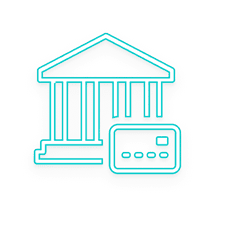



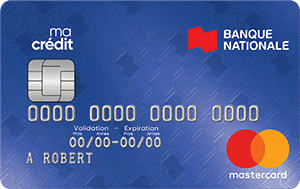
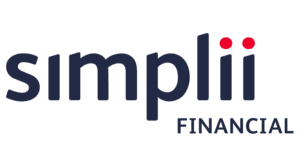

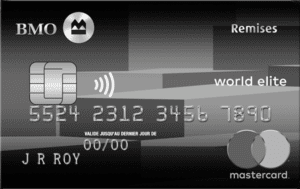





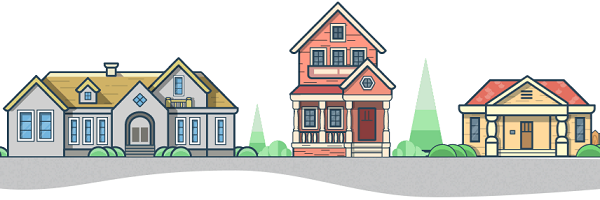



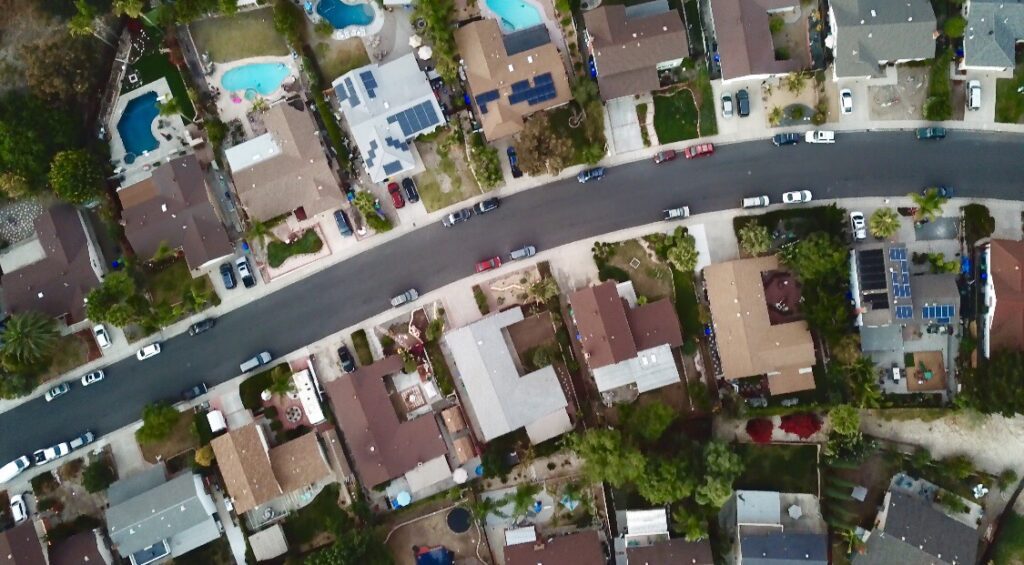


About The Author: Heidi Unrau
Heidi Unrau is the senior Finance Journalist at Hardbacon. She studied Economics at the University of Winnipeg, where she fell in love with all-things-finance. At 25, she got her first bank job as an entry-level teller. She moved up the ranks to Credit Analyst, Loans Officer, and now a Personal Finance Writer. In her spare time, you'll find her hiding in the car listening to Freakonomics podcasts, or binge-watching financial crime documentaries with a pint of Häagen-Dazs. When she's not chasing after her two little boys, she's in the hot tub or arguing with her husband over which cash back card to use for date night. She’s addicted to coffee, crypto, and obsessively checking her credit score on Borrowell.
Fun Fact: Heidi has lived in five different provinces across Canada, loves her free Tangerine bank account, and will never cut back on Starbucks. Like ever.
More posts by Heidi Unrau